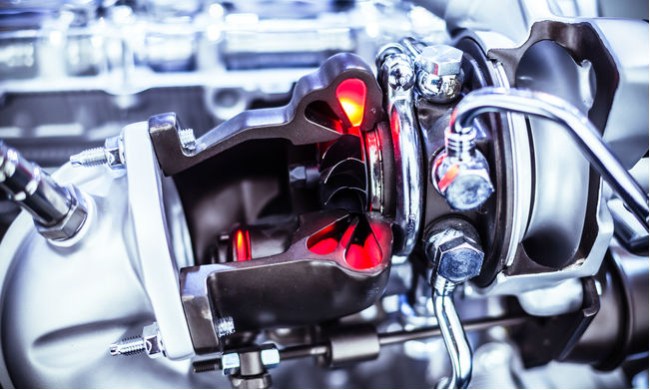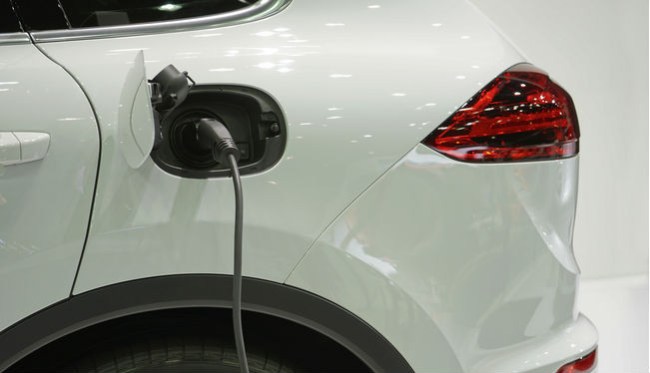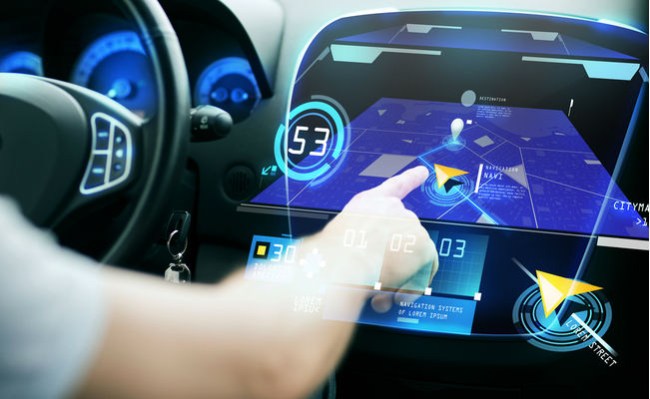In the last 20 years, cars have gone digital, with computers dictating everything from fuel injection to transmission. And now, as we find ourselves smack dab in the midst of a digital revolution, we’re seeing the next steps in the evolution of our cars and our expectations. But what about tomorrow? The car has always been about exploration and going beyond, so our dreams try to keep pace as we imagine a roadless future where cars hover above the earth. Not all of these dreams will come to fruition by 2025, but the good news is that many will.
So, let’s take a look at where we’re going.
Voice Controls
You won’t be able to steer your car by yelling at it, which is probably a good thing for passengers everywhere, but increasingly, you’ll be able to control everything else with your voice — from the radio volume to the air conditioning, to the point where the dashboard might not have any knobs and buttons to touch by 2025. This is both because voice controls are getting better and better…and because it makes driving safer. With voice controls, hands are on the wheel and eyes are on the road, letting drivers better anticipate accidents. But you won’t be the only one looking out for your safety on the road.
Vehicle-To-Vehicle Systems
For all the smart technology onboard your car, it’s still, in the view of modern connectivity, pretty dumb. It speaks only to a handful of satellites, and while GPS technology can help you find where you are, it can’t tell you when an accident is about to happen. Vehicle-to-vehicle systems, however, make your car part of a network with the cars around it, constantly receiving and sending data. Think of it as a networked form of the technology we’re seeing now, where cars can hit the brakes automatically to stop a wreck. Your car will not only do that, it’ll also tell other cars it’s about to slam on the brakes, letting their systems take over and warning the drivers before it happens.

“Self-Driving” And Driving Assistance
Sure, we’ve all seen Google’s self-driving car and the sometimes impressive systems just now appearing in some brands of cars that will take control in specific situations. But by 2025, those systems will be far more advanced, providing you with tools you can use to cruise the highways knowing the car will automatically slow (or stop) to avoid accidents as you read or nap. There might even be controls that take over your car inside a parking lot and possibly even find a space for you.
Lighter And Tougher
Dramatic changes in materials science have made the modern car a surprisingly light object. From a peak average of two tons or so in 2004, the weight of cars has been falling thanks to new alloys, tougher plastic, and even cutting edge materials like carbon fiber. The goal is to make a car so light and so tough that even if accidents become rare, even the nastiest ones mean the driver comes out shaken, but alive.
And it has another benefit as well…

Fuel-Sipping
Thanks to a combination of fuel efficiency standards and ever-decreasing weight, American cars sip fuel rather than guzzle. But by 2025, the rise of hybrid cars and all-electric vehicles will push averages even higher. The federally mandated minimum will be 55 miles per gallon, but automakers will work to get ahead of federal standards. And that push towards electricity is leading towards a simpler car under the hood.
Simpler Parts
Your average gasoline-powered car, right now, has 33,000 parts. Electric cars, however, have only 11,000. And there’s an increasing push to make these parts less complex and more standardized. That will help mechanics, of course, but it will also make buying a car, and keeping one on the road, a much less expensive proposition. It also means you’ll fulfill your childhood dream of driving a Transformer.

Reconfigurable Cars
In 2025, it might not be out of the question that the “car” you buy is really an engine and two wheels. And in your garage could sit everything from a light pickup back-end for those yard jobs or a more spacious minivan configuration for hauling families — you just have to snap on the accessory you need. Even more traditional cars will feature “snap-and-drive” technology that will allow you to yank out seats, switch out types of doors, and even reconfigure the dashboard by popping a few locks and lifting it away. Changing a tire may become even easier, as manufacturers may do away with the trusty lug nut in favor of an easier connector. By 2025, though, tires will be very different.
Unbreakable Tires
Flat tires are annoying and expensive, but blowouts, while rare, are also incredibly dangerous. “Airless tires,” however, are generally filled with a honeycomb-like network of cells that spread out the shock and contact. Treads will still wear out and the snow tire likely isn’t going anywhere, but you won’t have to worry about hearing a loud bang that is followed by the sudden need to wrestle with your car.
Your Car Will Be Impossible To Steal
Car theft has already been driven down to record lows thanks to new key systems and GPS tracking tools. As cars get smarter, they’ll become impossible for even the most industrious thief to steal. In fact, without the proper key, your car will call the police if someone’s tampering with it. By 2025, car thieves will be out of work. And even if a friend borrows it, you’ll always know who’s in it.
Passenger And Driver ID Systems
Probably the subtlest innovation is passenger ID systems. Cars will offer modes that, for example, track who gets in the car by connecting to their smartphone. You’ll even be able to assemble a “white list” for your car where a friend can walk up, get behind the wheel, and borrow your car without needing to text you. Conversely, if you’ve got a teenager borrowing your wheels, you can configure it so it won’t start with too many passengers inside. Or you could just set the system to passively collect data, so you know who’s taking a ride.
Holographic Car Navigation
GPS systems have one enormous flaw: You have to take your eyes off the road to look at them. Holographic systems, already being experimented with by companies like Wayray, prevent that by projecting directions on the windshield, where you can easily see them. And, just as importantly, see through them, as holograms don’t block your field of view. You can check your speed, see directions, and get other data simply, easily, and most importantly, safely.
The car of the future will have many more innovations beyond these, large and small, obvious and strikingly unpredictable. There is one certainty, though: The car of 2025 is going to be cheaper, safer, greener and above all, better.
